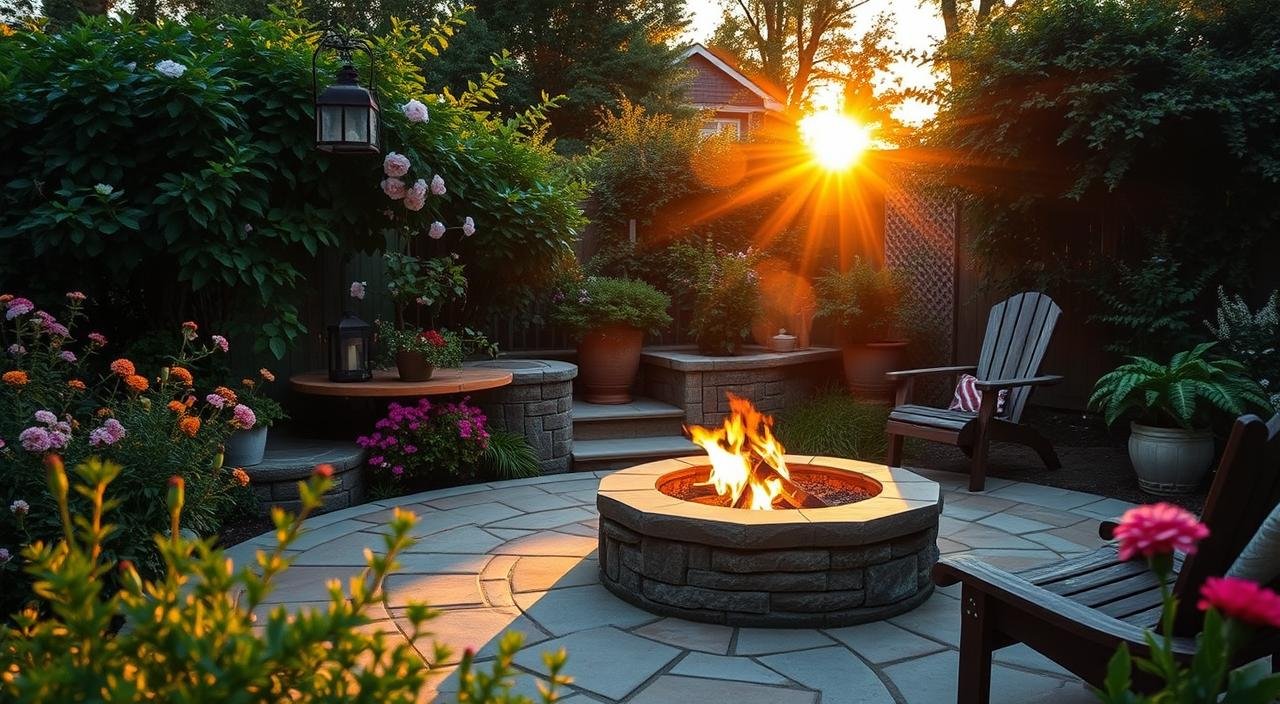Gardening for Beginners: 10 Essential Tips to Your Green Journey
Introduction to Gardening for Beginners
Gardening is such a fulfilling and enjoyable hobby that pretty much anyone can dive into, even if you don’t have much experience. Trust me, after navigating the ups and downs of gardening myself, I can genuinely say that the time and effort you put into your garden will definitely pay off, leading to beautiful blooms and fresh produce right at your doorstep. So, in this guide, we’re gonna chat about some must-know tips and tricks designed specifically for those of you just starting your gardening adventure. I swear, taking those first steps can feel both thrilling and a bit scary, but don’t worry—I’m here to make it super easy for you!
First things first, let’s get this clear: gardening isn’t just about throwing seeds in the dirt and hoping for the best. Nope, it’s an art form that blends knowledge, a lot of patience, and yes—a sprinkle of love. There’s nothing quite like the joy of watching your plants come alive and transform your space into a little patch of paradise. From picking the right plants to mastering pest control, you’ll soon find that every aspect of gardening boosts your confidence and skill as a budding gardener.
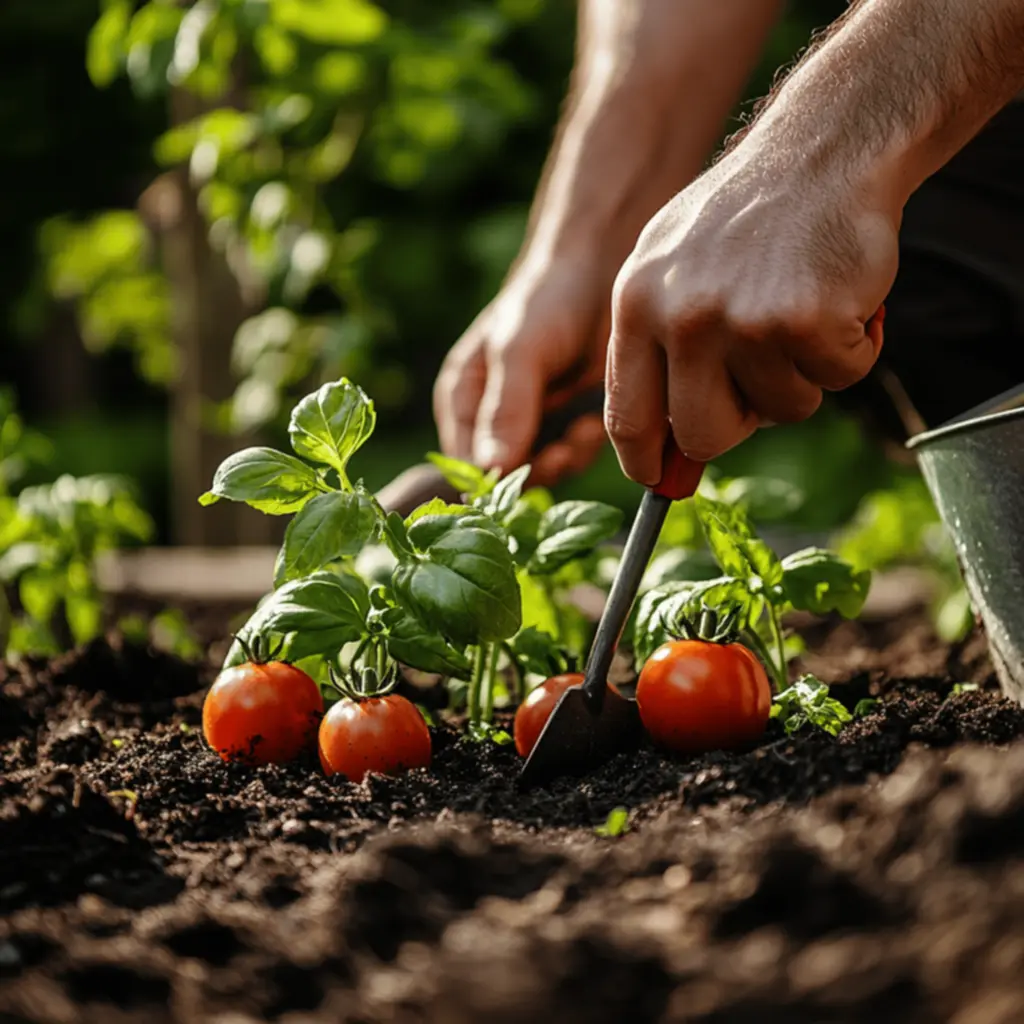
As we get into the nitty-gritty, keep in mind that everyone’s gardening path is totally unique. But with the right mindset, you can create a garden that’s not just beautiful to look at but also adds to your overall happiness and well-being. So, ready to take this journey together? Let’s go!
Choosing the Right Location for Your Garden
Finding the perfect spot for your garden is super important for your gardening success. The right location can give your plants the resources they need to really thrive. Sunlight, drainage, and easy access to water are key players in the health of your plants. As a newbie, getting a handle on these factors early on will really set you up for a garden that flourishes.
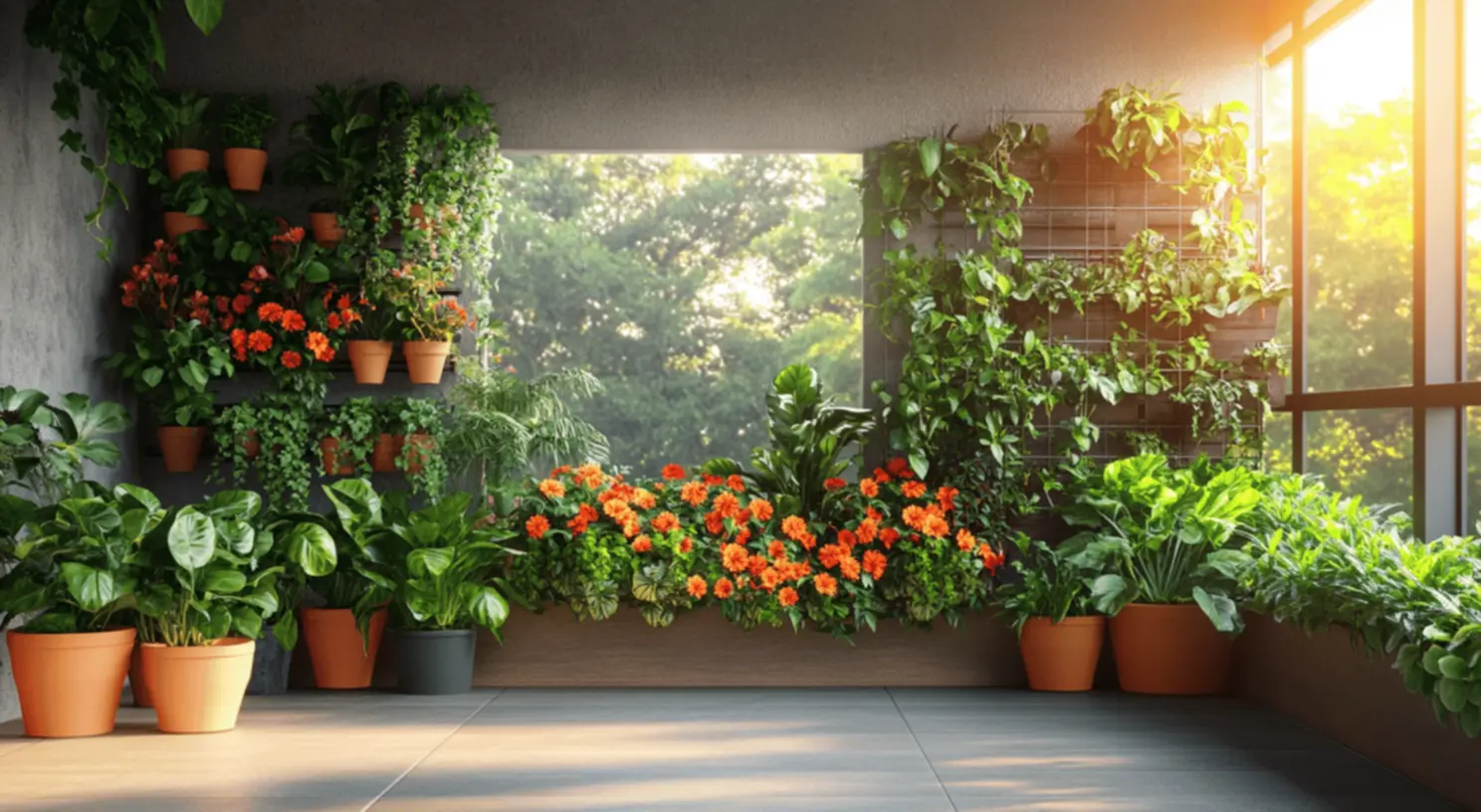
Understanding Sunlight Requirements
Now, let’s talk about sunlight because it’s like the magic ingredient for plant growth. Most veggies and flowers love at least six to eight hours of direct sunlight each day. So, take some time to check out your potential garden site throughout the day. Are there trees or buildings casting shadows? If that’s the case, you might wanna consider moving your garden or picking plants that thrive in a bit more shade. Figuring out the sunlight exposure will help ensure your plants get the right amount of light to photosynthesize and grow healthily.
Importance of Good Drainage
Good drainage is essential for keeping your plants happy and healthy. You definitely don’t want water pooling around their roots since that can lead to root rot and all sorts of nasty diseases. When you’re picking your garden site, look for spots that have a slight slope or sandy soil—this kind of ground allows water to drain nicely. If drainage isn’t great where you are, think about building raised garden beds. These not only help with drainage but also make it easier to maintain soil quality and temperature.
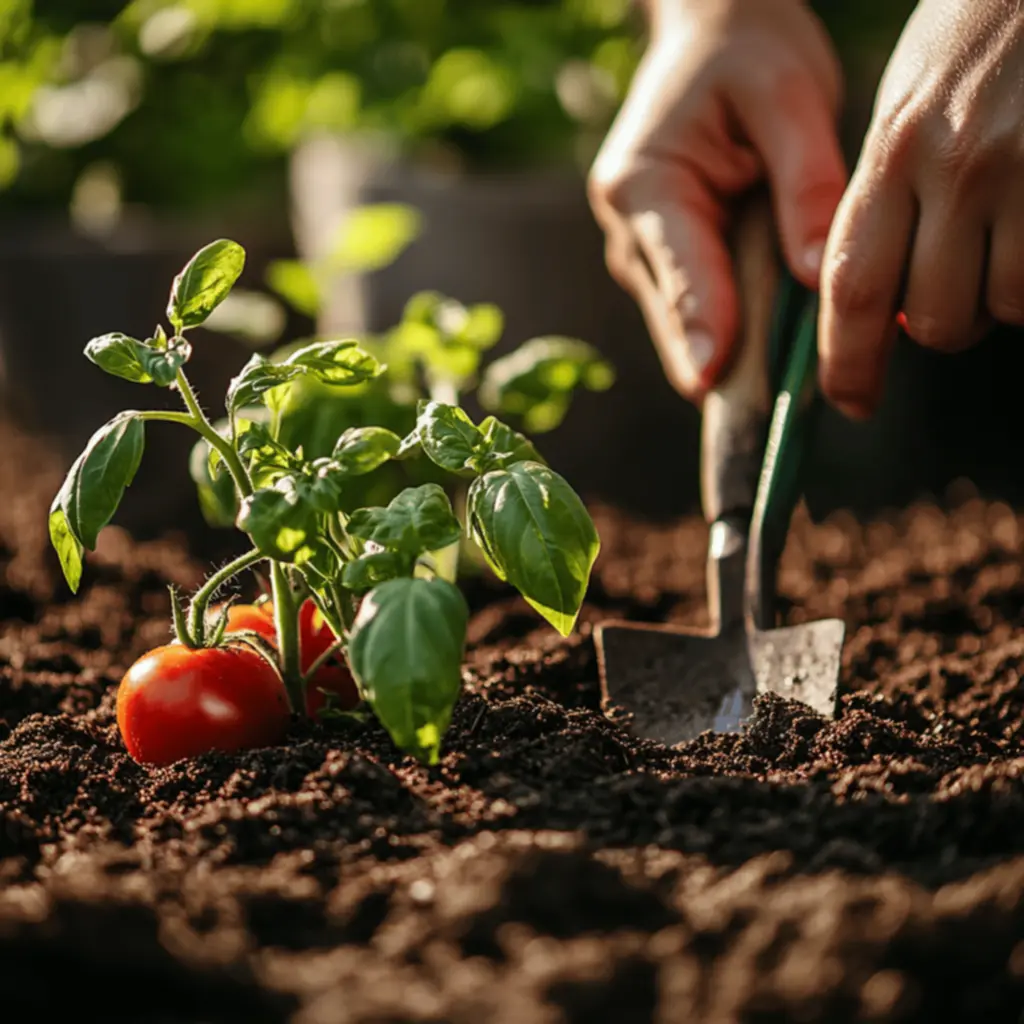
Access to Water: Why It Matters
Water, my friend, is a garden’s lifeline. You need to make sure your garden has easy access to H2O—be it from a garden hose, a nearby faucet, or even an irrigation system. If your chosen spot is too far from a water source, you might find yourself hauling buckets of water back and forth, and let’s be real—that’s not fun. Setting up a reliable way to water your plants right from the start will definitely keep them healthy and make your gardening experience way more enjoyable.
Essential Gardening Tools for Beginners
As you jump into the exciting world of gardening, having the right tools at your side can really change the game. They’re not just fancy gadgets; they’re your trusty sidekicks in the quest for a successful garden. Investing in essential tools can simplify your gardening process, turning what could be a chore into a fun and relaxing pastime.
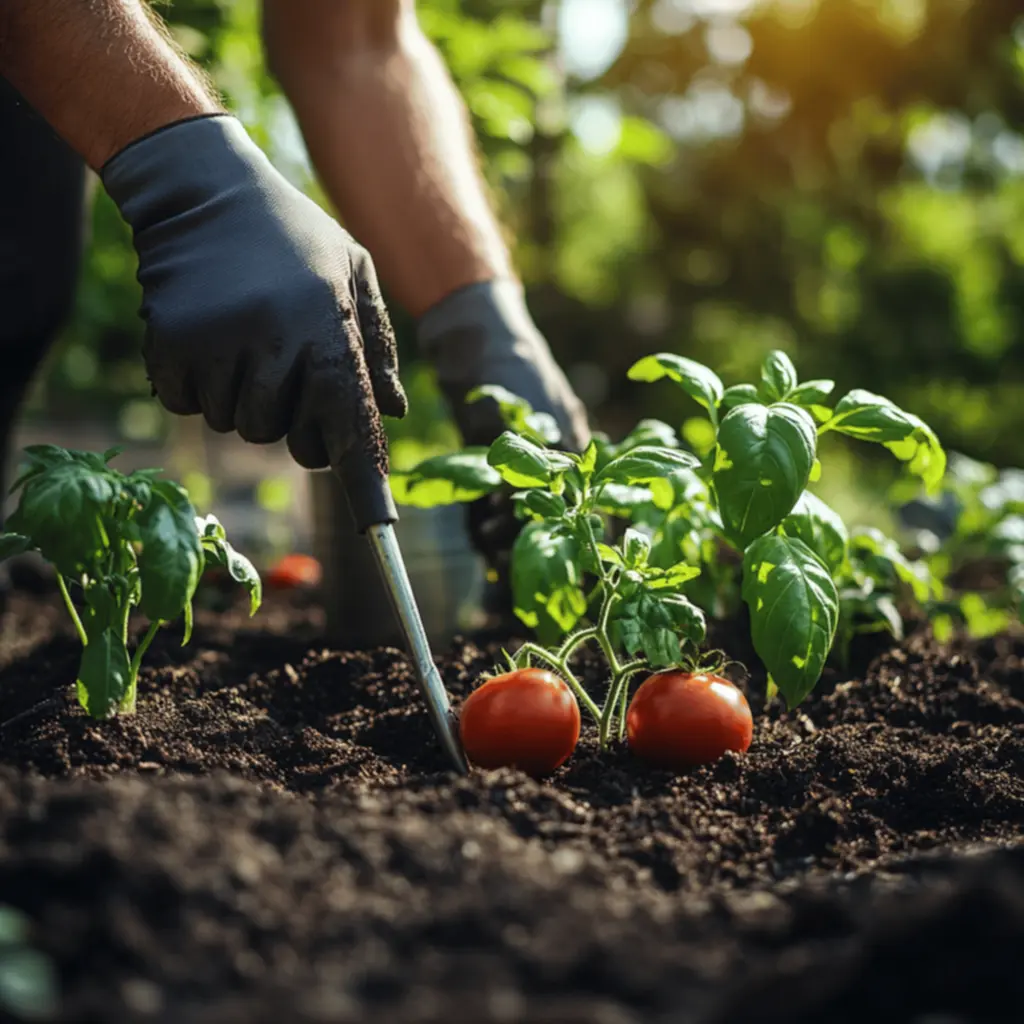
Hand Trowel and Its Uses
One tool you absolutely need is a hand trowel. This little gem is perfect for digging, planting, and moving around small flowers and vegetables. Its compact size means you can easily maneuver it in tight spaces, making it ideal for container gardens or raised beds. With a hand trowel in hand, you’ll be mixing soil, adding nutrients, and making sure your plants’ roots can settle in nicely.
The Role of a Watering Can
Next up is a watering can—a non-negotiable tool in your garden toolkit. Unlike hoses that tend to drench everything and overwhelm your tender plants, a watering can gives you a gentle stream of water, which is perfect for controlling how much each plant gets. Whether you’re watering delicate seedlings or established flowers, using a watering can helps ensure your plants get just the right amount of hydration. Go for one with a long spout to reach those tricky spots with ease!
Gloves: Protection and Comfort
Gardening can really take a toll on your hands, so a good pair of gloves is a must-have. They keep your hands protected from thorns, dirt, and potential irritants, while also giving you a better grip on your tools. Look for gloves that are sturdy yet comfy—this way, you can move your fingers freely as you work in the soil. Wearing gloves means you can protect your hands and enjoy a cleaner and more pleasant gardening experience.
Pruning Shears: Keeping Plants Healthy
You also can’t skip out on pruning shears—they’re crucial for keeping your plants looking their best and staying healthy. Regular pruning is a must as it encourages new growth and prevents diseases by cutting away dead or damaged parts. When you’re on the hunt for shears, pick a good-quality pair that feels comfy in your hand, because trust me, you’ll be using them a lot! Taking proper care of your pruning shears can really lengthen the life of your plants and boost the overall look of your garden.
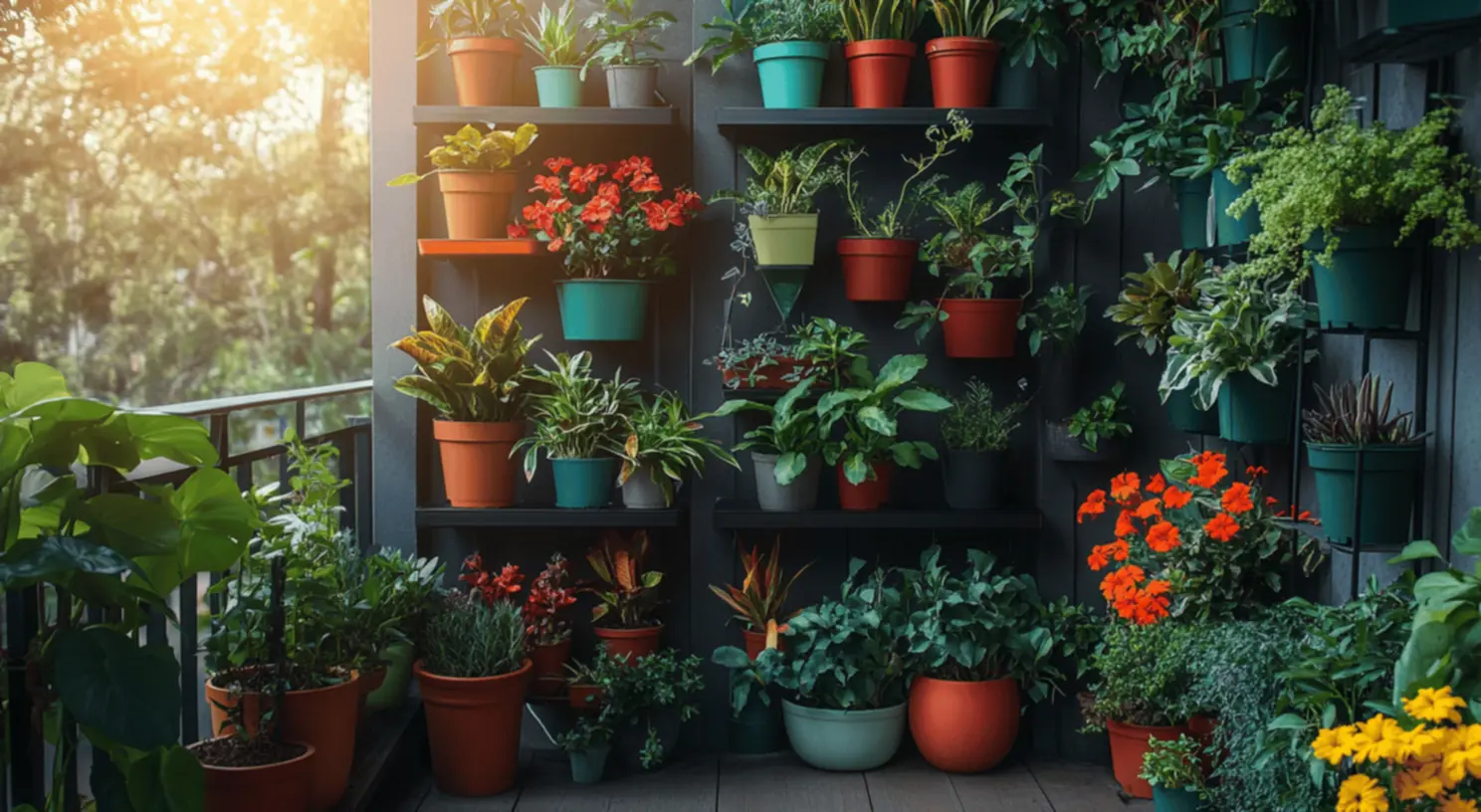
Selecting Easy-to-Grow Plants
One of the best parts of gardening is the fun of picking the right plants that suit your skill level. For those just starting out, going with easy-to-grow varieties can seriously build your confidence and lead to some fabulous results. There are plenty of forgiving plants out there that won’t stress you out and will still give you a great yield.
Top Choices: Tomatoes and Basil
Tomatoes and basil are fantastic picks for beginners, and honestly, it’s not hard to see why. Not only are tomatoes super tasty, but they’re also pretty easy to grow in all sorts of climates. Pairing them with basil creates a friendship that helps both plants thrive! Plus, both of these can do well in pots or garden beds, so they’re pretty flexible. And let’s be real, there’s nothing better than chowing down on a fresh Caprese salad made with your own home-grown goodies!
Flowers for Beginners: Marigolds
If you’re itching to add some color to your space, marigolds are your go-to! These tough little flowers are famous for their bright shades and pest-repelling magic, which can protect your veggie garden from the bad guys. Marigolds love sunshine and don’t need a ton of care, making them perfect for those just getting started. With their gorgeous blooms, you’ll be treated to a stunning visual feast all growing season long.
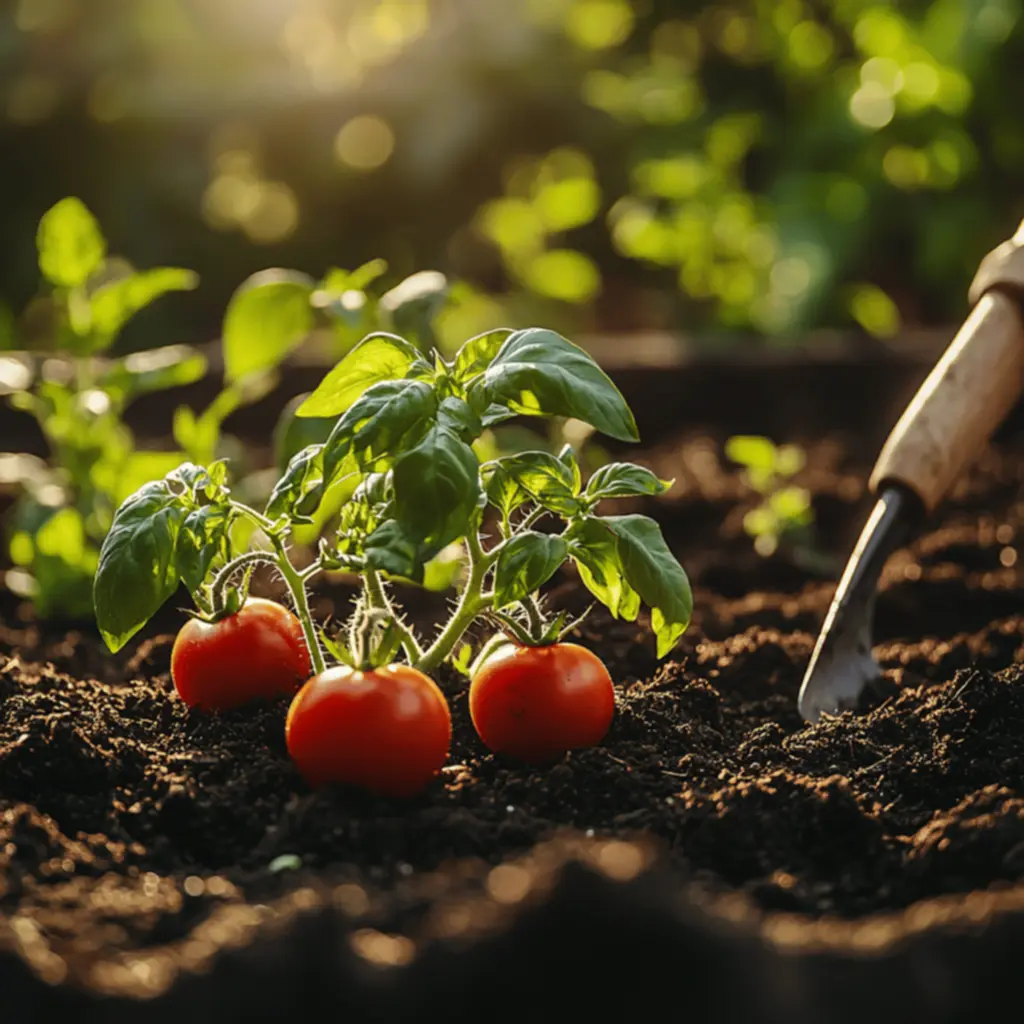
Low Maintenance: Succulents
And for those of you who have a little trouble keeping plants alive, succulents are the answer to your prayers. These hardy beauties need very little water and can adapt to all kinds of environments. They’re perfect for indoor gardens, balconies, or outdoor areas, and they come in all sorts of funky shapes and colors that can really spice up your home decor. Starting with succulents can help you ease into gardening and enjoy some instant success!
Understanding Soil Types
Let’s talk soil because it’s super important for your garden’s success. Knowing how to identify and improve the quality of your soil can really boost your chances of a great harvest. Different plants have different soil needs, so understanding what kind you’ve got in your chosen garden location is pretty crucial.
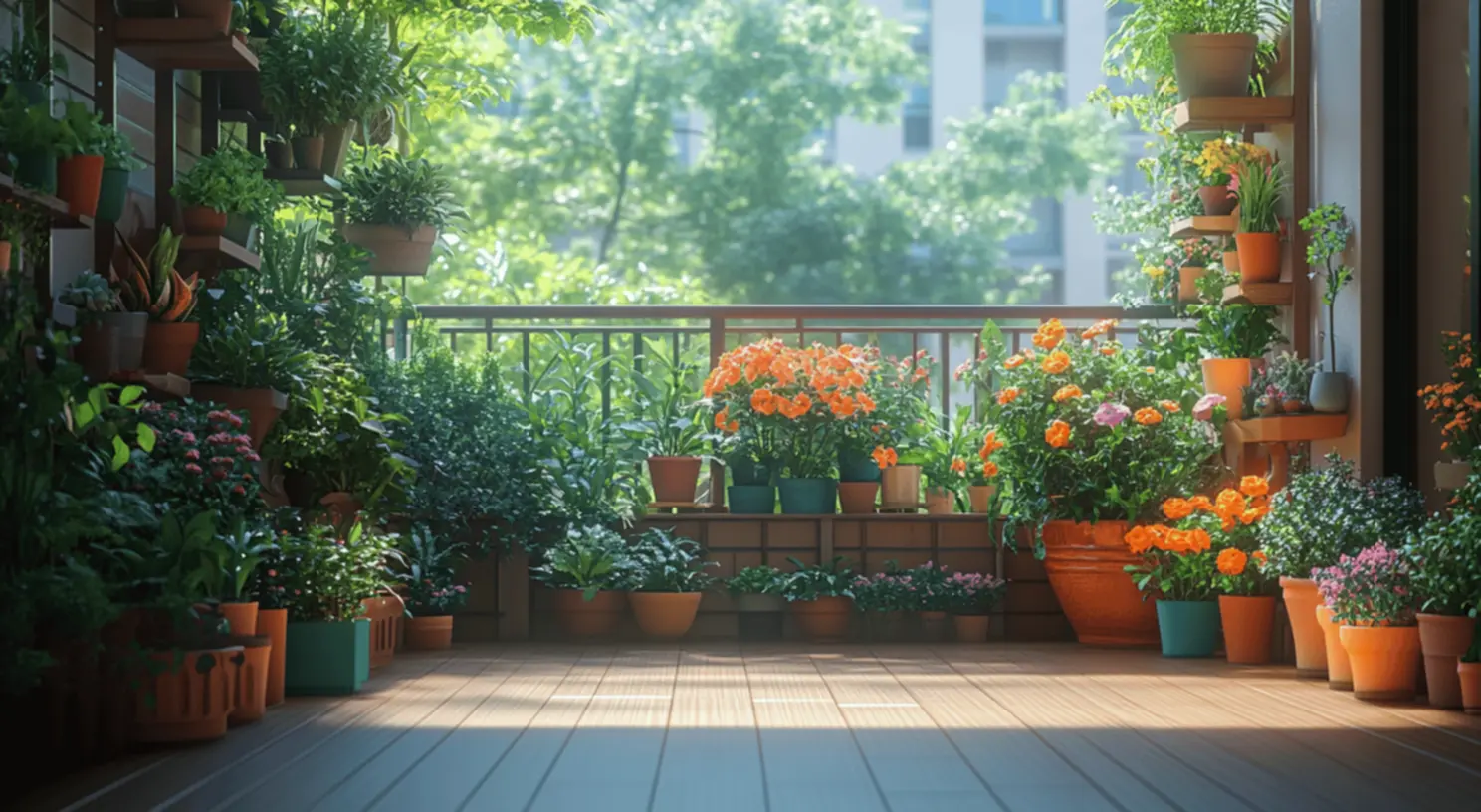
Identifying Good Quality Soil
So, what does good soil look like? It should be rich in nutrients, have a dark color, and feel nice and crumbly. Ideally, it drains well while still holding onto some moisture. Doing a soil test is a great way to get the lowdown on its pH and nutrient levels. If your soil is lacking in nutrients or has a bad texture, there are plenty of amendments you can use to jazz it up, ensuring your plants have the best chance to thrive.
Soil Amendments: Enhancing Growth
Amending your soil is like giving it a little boost and can make all the difference for plant growth and health. Common amendments include compost, peat moss, and organic fertilizers. Adding these goodies can improve soil structure and increase nutrient availability, plus they help retain moisture. By enhancing your soil, you’re creating a thriving ecosystem that gives your plants everything they need to flourish!
Watering Schedules for Healthy Plants
Watering is one of those make-or-break aspects of gardening, and having a consistent watering schedule can really affect your plants’ happiness. Each plant has its own unique water needs that can change based on weather and growth conditions.
Signs Your Plants Need Water
Being able to read the signs that your plants need watering is crucial for keeping them alive and kickin’. Wilting leaves, drooping stems, or dry soil are all big red flags that it’s time to water. It’s a good idea to check the soil moisture regularly by sticking your finger about an inch deep into the soil. If it feels dry, it’s definitely time to give those plants a refreshing drink! Paying attention to their needs will help create a strong bond between you and your garden.
Techniques for Effective Watering
When it comes to effective watering, techniques can vary depending on what type of garden you’re working with. For instance, deep watering encourages roots to dig deep into the soil, making plants more resilient during dry spells. Using a soaker hose or a drip irrigation system to deliver water directly to the roots—slowly and steadily—can really minimize evaporation. Plus, watering early in the morning or later in the evening can really help keep your plants well-hydrated while reducing water loss.
Basic Pest Control Techniques
Pest control is an essential skill every gardener needs in their toolkit. By learning to identify common pests and employing natural control methods, you can shield your garden without resorting to harsh chemicals. Knowing how to keep your plants safe is key to creating a healthy growing environment.
Identifying Common Pests
Pests like aphids, slugs, and caterpillars can really cause some trouble in the garden. Keeping an eye on your plants will help you catch infestations in their early stages. Look out for signs like chewed leaves, sticky substances, or discolored patches. Knowing what to look for means you can act quickly and prevent any more chaos in your garden.
Natural Pest Control Methods
Using natural pest control methods can keep your garden thriving and healthy. Bringing in beneficial insects, such as ladybugs and lacewings, can help cut down on nasty pest populations. Plus, using barriers like row covers or creating habitats for predatory insects can boost your natural defenses. By choosing organic methods, you’re protecting your garden while also promoting a balanced ecosystem.
Avoiding Common Gardening Mistakes
Let’s be real—everyone messes up now and then, even seasoned gardeners. As a beginner, being aware of some common pitfalls can save you a ton of frustration and set you up for success in this gardening journey. So, here are a few common mistakes to keep an eye out for.
Overwatering: Risks and Solutions
Overwatering is a super common issue for newbie gardeners, often resulting in root rot and other unfortunate diseases. Finding the right balance is key, so be sure to water according to what each specific plant needs. And using proper drainage solutions can help prevent too much moisture from hanging around. If you start seeing yellowing leaves, it might be time to rethink your watering strategy!
Spacing Plants Effectively
Proper spacing is crucial for helping plants grow healthy and strong. Many beginners tend to cram too many plants together, mistakenly thinking they’re gonna get more produce that way. In reality, not giving your plants enough space can restrict airflow and stunt their growth. Get familiar with the recommended spacing for each plant type to ensure they have plenty of room to thrive without battling for resources.
The Importance of Soil Quality
Neglecting soil quality can lead to some disappointing results in your gardening efforts. Regularly testing your soil and making the necessary amendments is super important for a thriving garden. Trust me on this—healthy soil is key to healthy plants. By prioritizing the quality of your soil, you’re investing in the long-term success of your garden.
Patience and Practice: The Keys to Success
Gardening is a journey that’s all about patience and constant learning. As you grow different plants and try out various techniques, just remember that making mistakes is all part of the process. Each season is a chance to gain knowledge and experience, and before you know it, you’ll become a more confident gardener. So, take your time, enjoy the journey, and feel free to experiment—after all, your garden is your creative canvas, and there’s no right or wrong way to express yourself!
Creating a Thriving Indoor or Balcony Garden
For folks who don’t have much outdoor space, cultivating an indoor or balcony garden is a fantastic choice. You can turn any small area into a green sanctuary that not only adds beauty but also brings some freshness into your home.
Utilizing Small Spaces Efficiently
When you’re gardening in small spaces, making the most out of every inch is key. Think about vertical gardening techniques like wall planters or hanging baskets to maximize your space. You can also find compact or dwarf varieties of veggies and herbs that fit perfectly in containers and bring some charm to your balcony. With a little creativity and resourcefulness, you can create a lush green retreat no matter how limited your space might be.
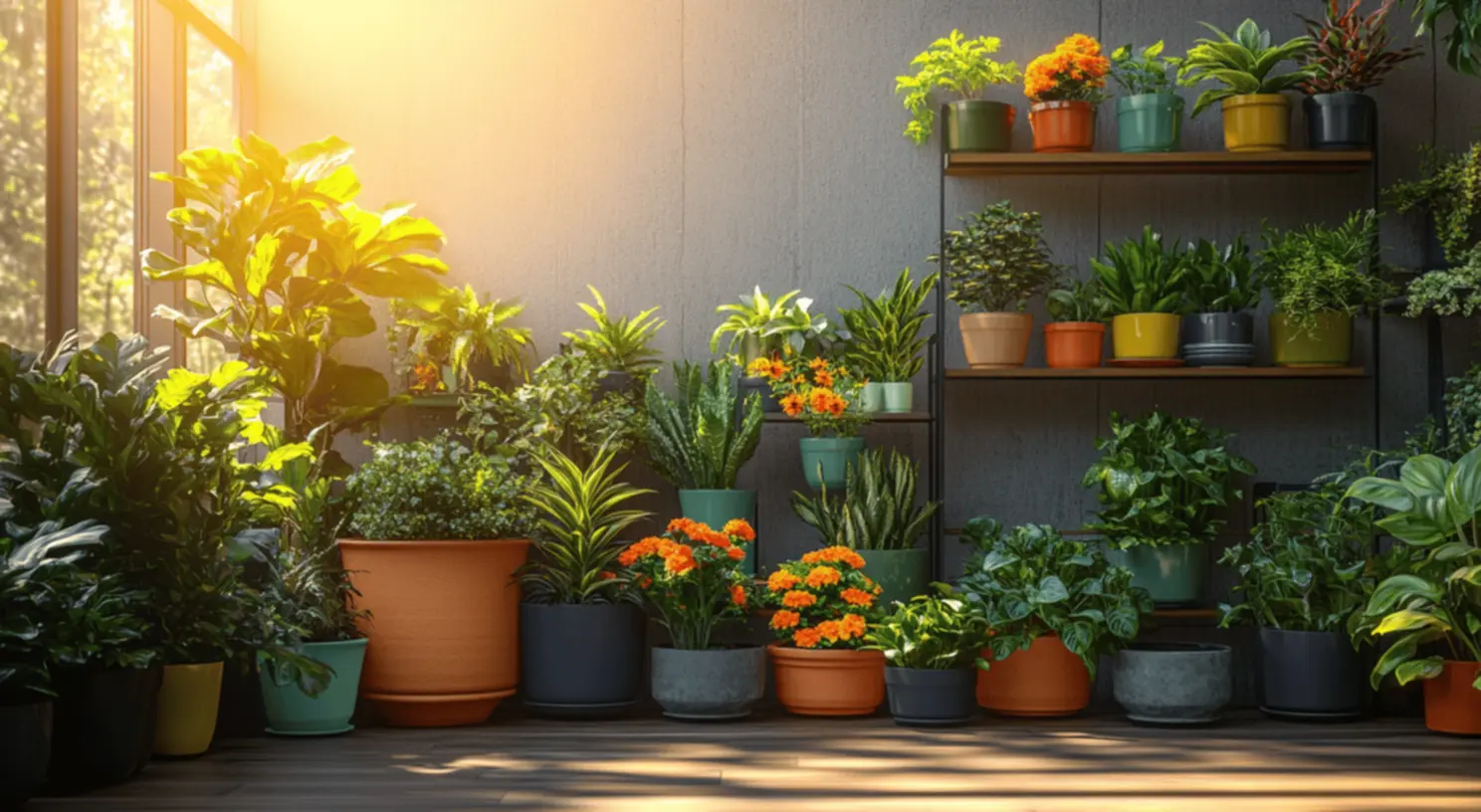
Indoor Plant Recommendations
Indoor plants can brighten up any area while also cleaning the air. Low-maintenance options like snake plants, pothos, and peace lilies are perfect for indoors and don’t require much care to thrive. Plus, adding in herbs like mint or basil not only livens up your space but also gives you fresh ingredients for cooking! These plants are great because they adapt easily to your lifestyle and improve the look and feel of your indoor environment.
| Plant Type | Ease of Growth | Sunlight Requirements | Water Needs |
|---|---|---|---|
| Tomatoes | Easy | 6-8 hours | Moderate |
| Basil | Easy | 6-8 hours | Low |
| Marigolds | Easy | Full sun | Low |
| Succulents | Very Easy | Indirect light | Very Low |
Conclusion: Your Gardening Journey Begins
Starting your gardening journey is an exciting adventure brimming with chances for growth and learning. From nailing down the right location and tools to picking out easy-to-grow plants, each step along the way will enhance your experience and contribute to your success. Keep in mind that patience and practice are vital—gardening isn’t a sprint, but rather a rewarding journey that positively impacts your life and home.
Here at 17Vibes, we’re all about celebrating creativity and the joy of transforming spaces, so why not channel that spirit into your garden? With every seed you plant, you’re not just growing plants; you’re nurturing your passion and inviting tranquility into your home. Here’s to happy gardening!
For those interested in transforming their outdoor space further, be sure to explore our article on DIY home improvement projects that can enhance your gardening experience!

